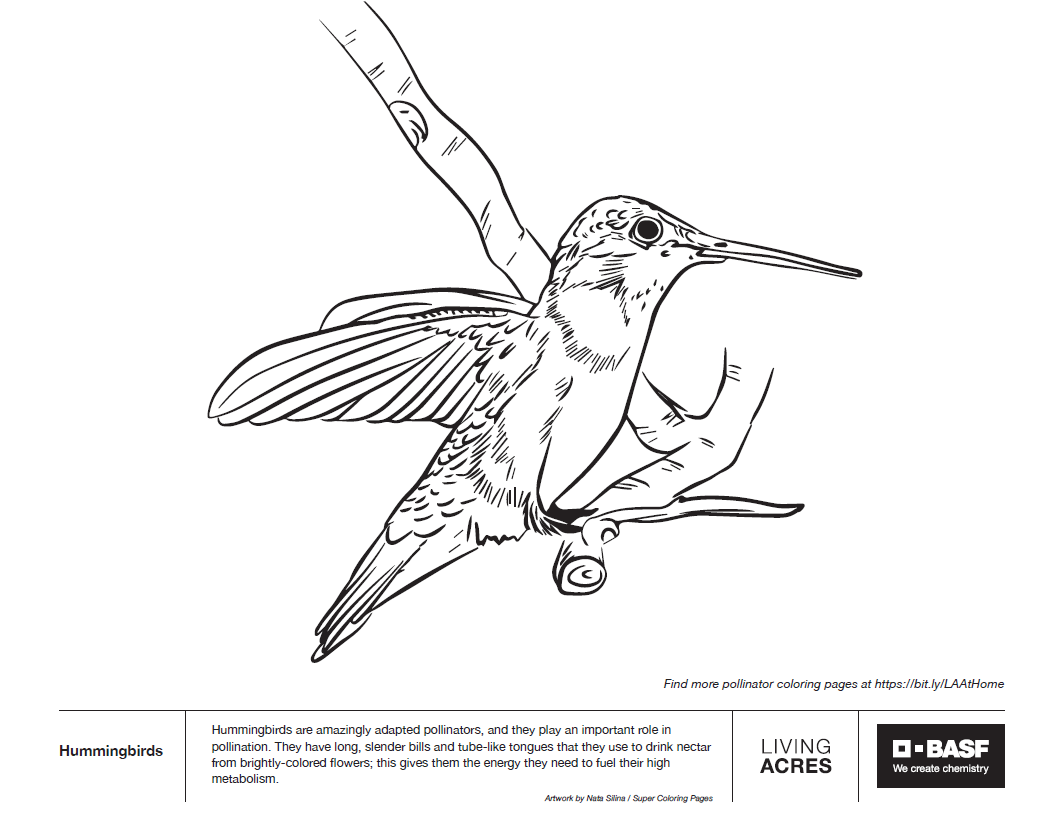Living Acres Resources
Use these resources to learn more about the monarch butterfly, how the Monarch Challenge works, and how you can get involved.
Videos
Three components to sustainability
For grower Andrew Fansler, sustainability is a multifaceted idea, with each part playing a role in creating a better future.
Building a Future with the Monarch Challenge
The monarch butterfly’s future is in jeopardy, in part due to a loss of milkweed, which is a critical food source for larva. Growers like the Grills are stepping up and taking the Monarch Challenge and planting milkweed to help rebuild butterfly habitat and improve biodiversity on their farm, ensuring they are being good stewards of their land for future generations.
Living Acres
Learn more about Living Acres and how BASF is working to help the monarch butterfly.
BASF-Living-Acres-Biodiversity-Program
Hear from members of the Living Acres leadership team at BASF about the foundations of the biodiversity program to help the iconic monarch butterfly.
BASF Supports Biodiversity
Why is the monarch butterfly important? Biodiversity in an ecosystem is crucial to maintaining the health and viability of crop production land. BASF is at the forefront of looking at how to increase plant diversity and biodiversity on farms.
How To Plant Milkweed
Learn more about how to plant milkweed to create a viable habitat for the monarch butterfly.
Partner with Farmers
Farmers can help increase the monarch butterfly populations. Already great stewards of the land, they are uniquely positioned to use the non-cropland areas of their farms for monarch butterfly habitat.
On the Farm: The BASF Monarch Challenge
BASF's Laura Vance talks to farmer Andy Herring about growing a monarch refuge on his operations in North Carolina, and why sustainably farming is important to him.




